
When people meet machines, there is always a risk of dangerous situations. Even in Europe, work accidents are still a significant concern. So, it is essential to minimize the risk.
To prevent accidents from happening, the European Union issued the machinery directive. Let’s see what it says about machine guarding, the different ways to use them, and the different types.
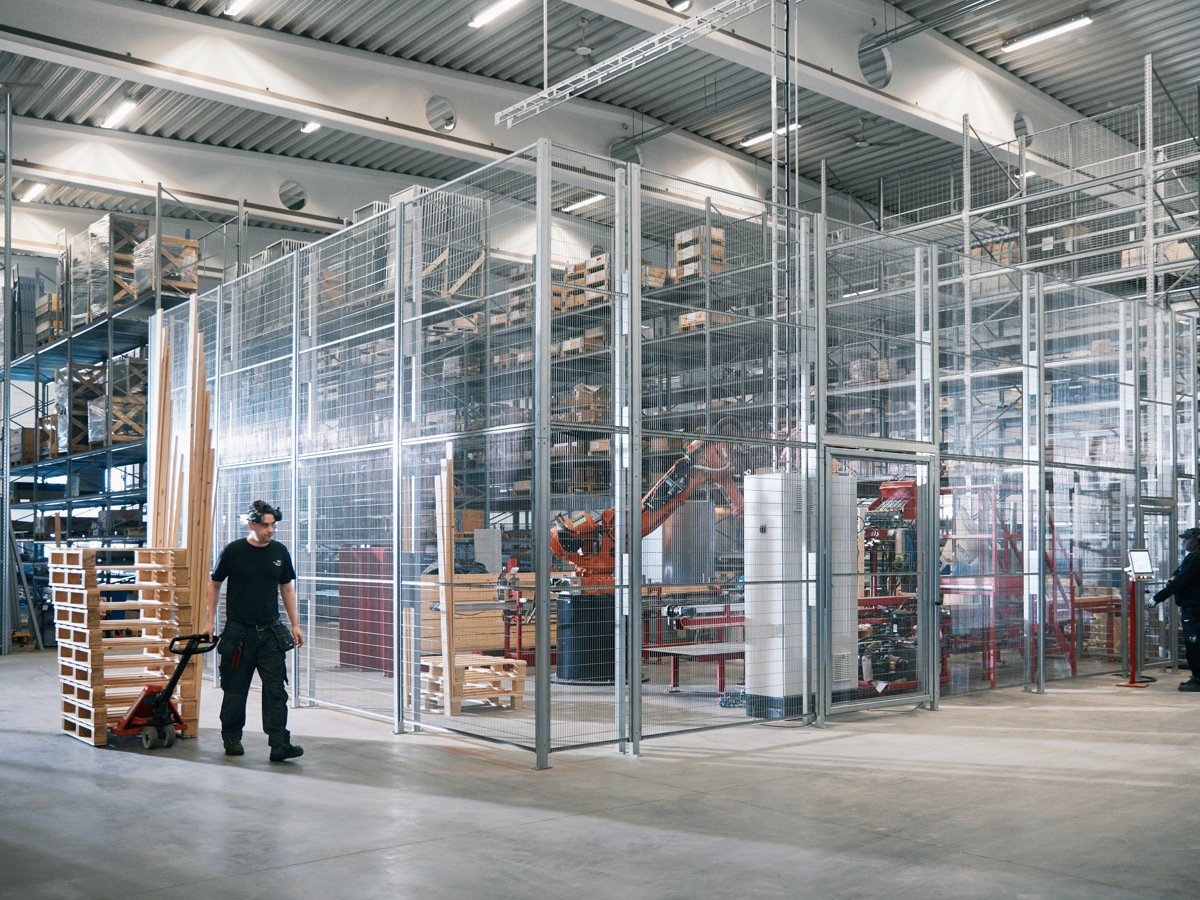

This last directive, 2006/42/EC, has been in place since 2009 and has been modified several times. Here we will discuss it briefly. But if you want to know more, we recommend our blog: “What can we learn from the machinery directive?”
Paragraphs 1.38, 1.4.1, and 1.4.2 discuss machine guarding and the requirements. Guards and protective devices (1.4.1) must:
Yet, they must still allow workers access to the necessary areas for tool installation, replacement, and maintenance exclusively to the area where the work has to be done, if possible, without removing the guard or disabling the safety device.
Furthermore, they should protect against the ejection or falling of materials or objects and from any emissions from the machinery.

The first paragraph in the machinery directive states about moving transmission parts that the guards must be fixed or must be interlocking movable guards. And when there are moving parts, there should be protective devices or fixed guards.
This means that we have different types of guards. We identify four types:
Based on the abovementioned requirements, we look at their pros and cons.
Fixed guards are, as the word says itself, permanent. They cannot be moved and do not have any moving parts, so they cannot be moved when the machine is in use.
There are different ways of constructing them. Metal sheet, plastic, polycarbonate. When choosing the material, it is essential to choose something strong enough, as the first requirement states it should be robust. And serious manufacturers can present severe tests.
So, they must be disassembled and removed to perform any adjustment or maintenance.
These types of guards are often preferred as they are simple but effective. They provide maximum protection with minimum maintenance. It can be built on-site. Certain companies can even produce it to the millimeter. How convenient to install! Because if you buy standard sizes, you will have to cut a lot of on-site, meaning that you will save time with the installation, but you will also have more waste.
There are special requirements for guards in 1.4.2.1. stating the guards must be firmly attached to the machinery, so that they cannot be removed without the use of tools. Their attachment systems should also remain in place when the guards are removed. When possible, the guards should be designed in such a way that they cannot stay in place without the fixing system.
However, fixed guards can have some downsizes. It may interfere with visibility. One way to reduce the impact of this downside is to choose the color of the machine guards wisely. Darker colors enhance looking through the guard, and bright colors make it more difficult. Another downside of fixed guards is that machine adjustment and repair may require the removal of the guards, which creates additional hazards.
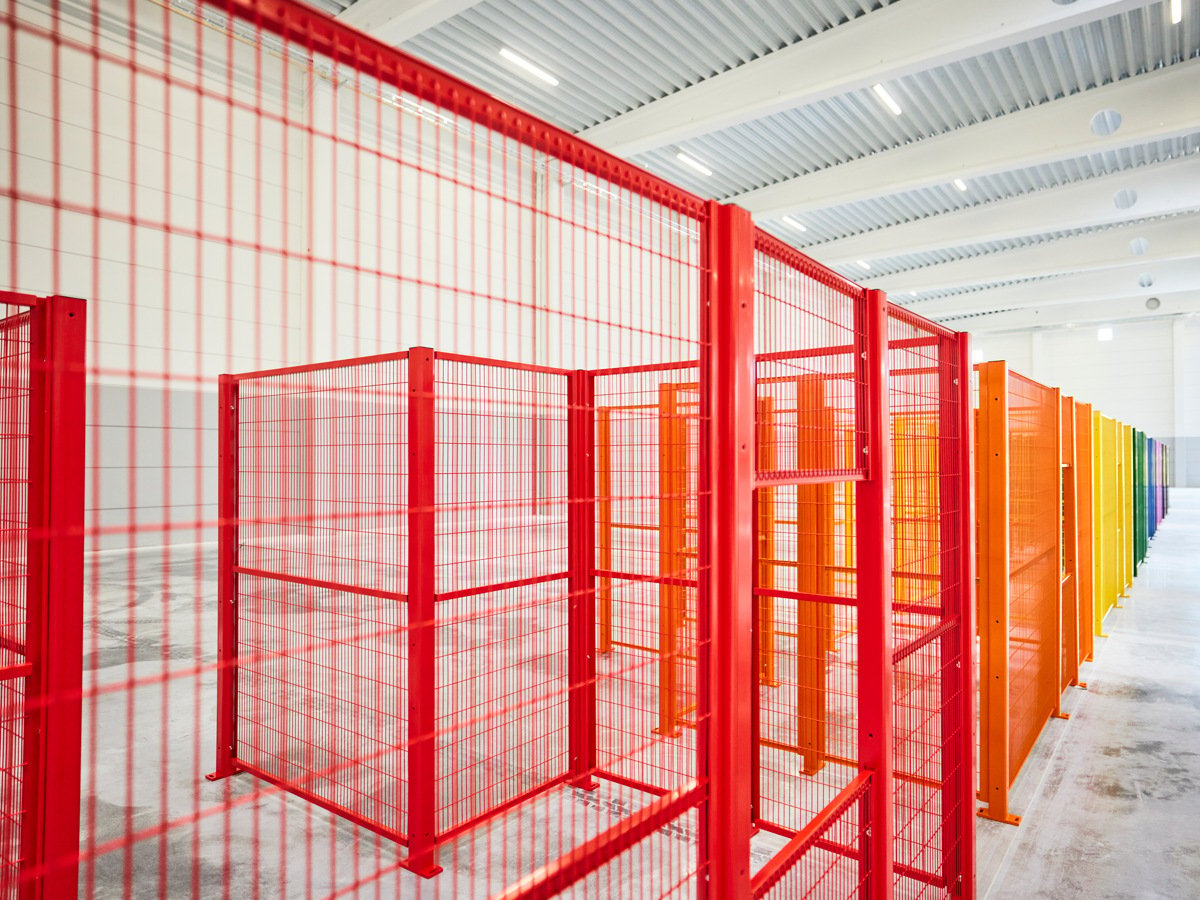
Like fixed guards, these guards are permanent, but they can be adjusted. Employees working with movable guards must be taught how to correctly adjust and secure them. If not done correctly, these guards can fail to protect people from coming into contact with hazardous moving parts, resulting in serious or fatal injuries.
They provide a similar function to manually operated guards but can automatically adjust to the size of the material. The guard will be fully lowered when the machine is not in use. When the machine is running, the operator will input the material, which will cause the guard to open just enough to allow the item to enter. These guards are usually seen on woodworking tools.
All removable guards should be interlocked to prevent occupational hazards to be effective. Interlocking movable guards should be used in places where access is frequent.
To ensure that people are protected from the risk of injury from hazardous machinery, these guards must be connected to a guard locking device in addition to an interlocking device that:
The design of the interlocking movable guards must be such that when any part of it is missing or not working, the hazardous machinery won't start or keep running.
The requirements of the interlocking device are:
Remote Disconnect Switches, commonly called barrier guards, are designed to cut the power when the guard is opened or removed. This is especially helpful when personnel needs to access the guarded parts of a machine, such as when attempting to remove clogs. The guards enable safe entry to internal components of the machine without having to dismantle it entirely. Yet, they can be easily opened by mistake and require precise adjustment and maintenance.
Different types of guards are used in different settings based on safety requirements. Making a good risk assessment is vital to decide which one to use. But that is a theme for the next blog!
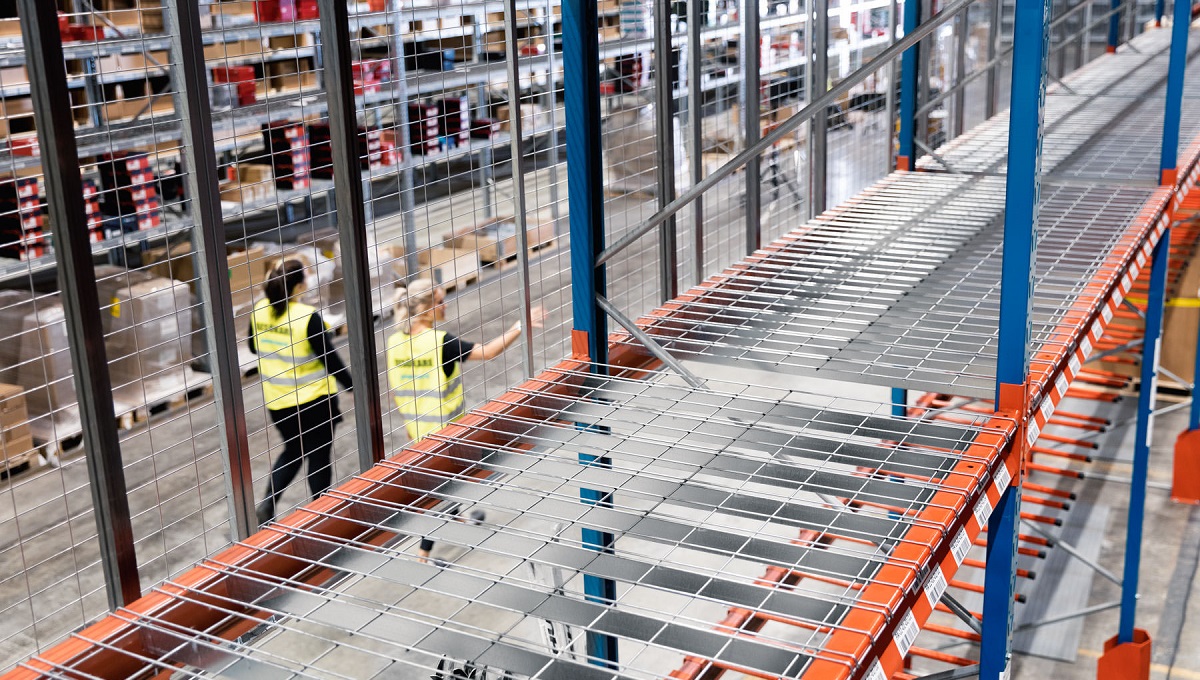
Can we lower the height of the safety mesh here? Can we add hinges and angle the mesh here? Can we increase the clearance as there are conveyor systems that go in and out of the machine here? Can we create a fitting for this type of switch? Yes, of course we can! There’s always some kind of obstacle when creating a safety layout. This can be anything from an uneven floor to the fact that there are already several structures, such as beams, blocking the locations of the safety mesh.
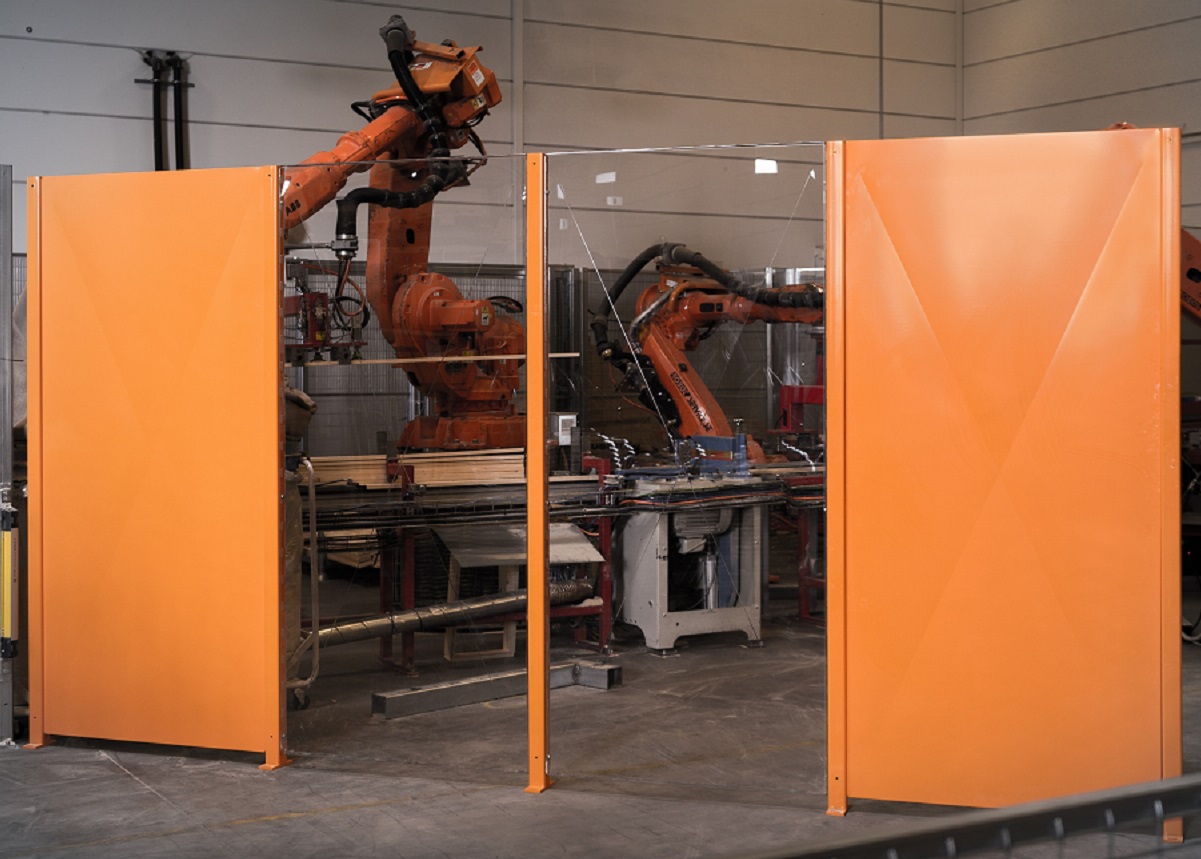
Our product range has been given several updates this spring. We have released new sliding doors for our machine guards. These can be adapted in height and width to suit any project perfectly. Two versions are available: bottom running with free opening height and top rail for larger dimensions.
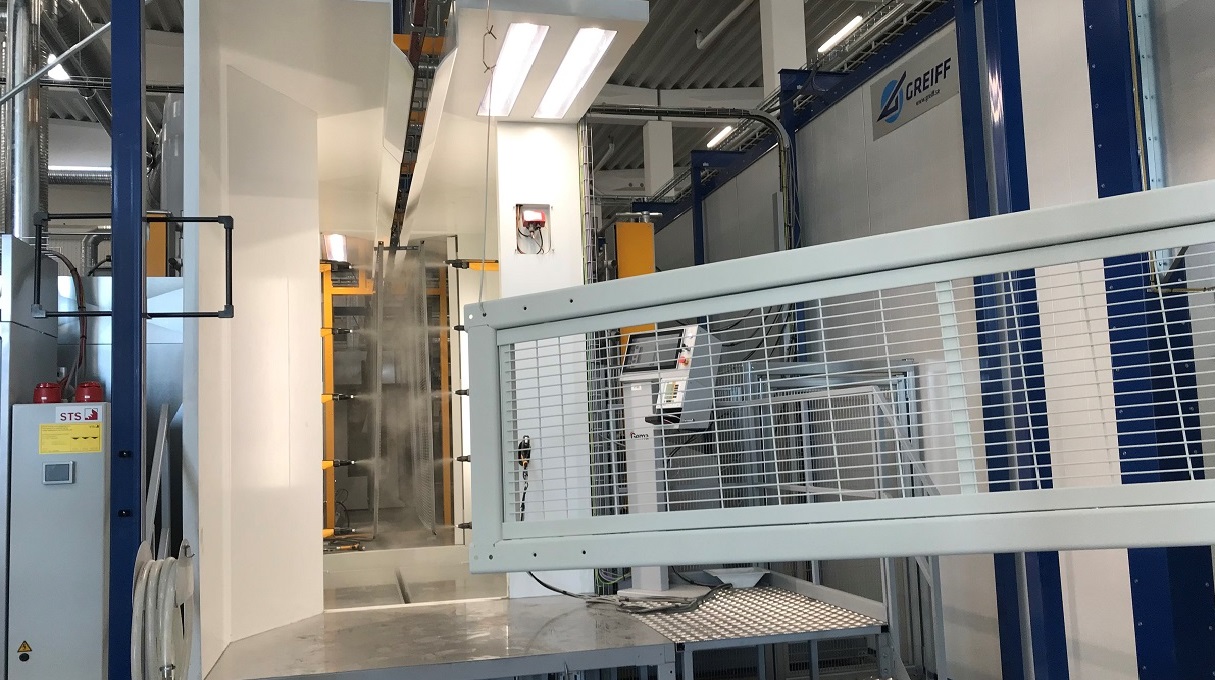
We have recently installed a completely new powder coating line in our factory, in which objects of up to 2000 x 3000 x 700 mm can be powder coated in any RAL colour. The staff in charge have 50 years of experience in powder coating. This new investment means that we now can offer you an even better and faster service than before – a way of simplifying everyday life.
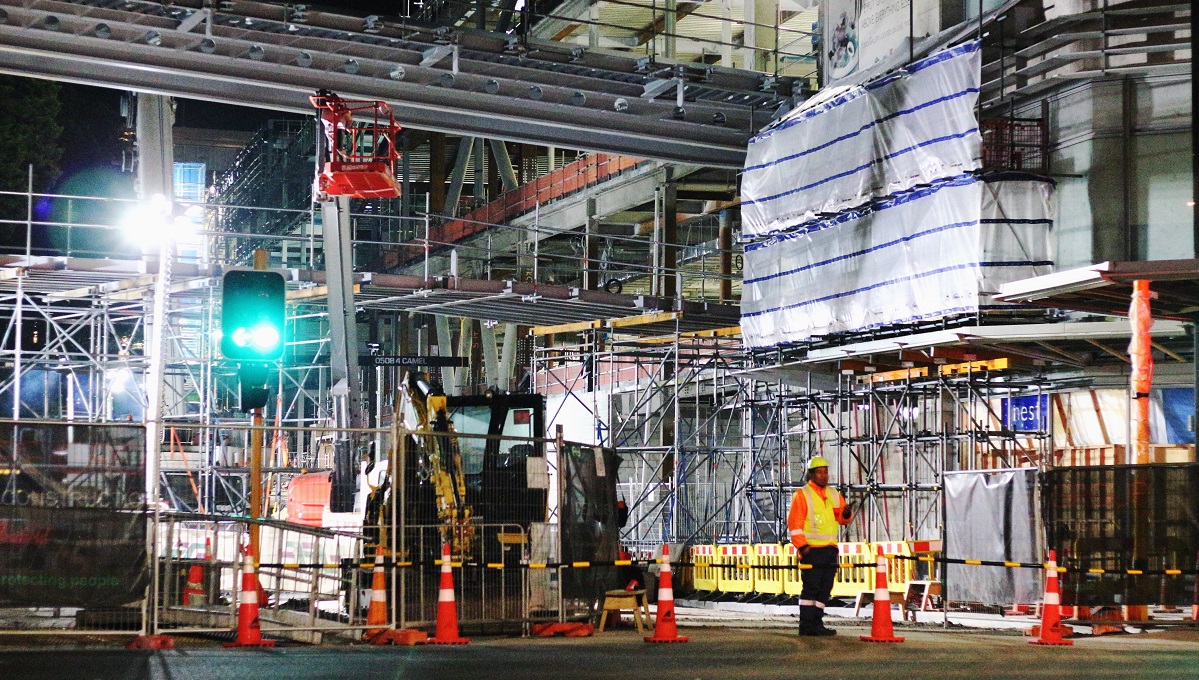
How many risks are there in the workplace and does a totally safe workplace actually exist? Is it enough to have warning tape on forklifts, should there be specific lines on the floor indicating where forklifts may drive, or should ceiling lights be illuminated to ensure safety?